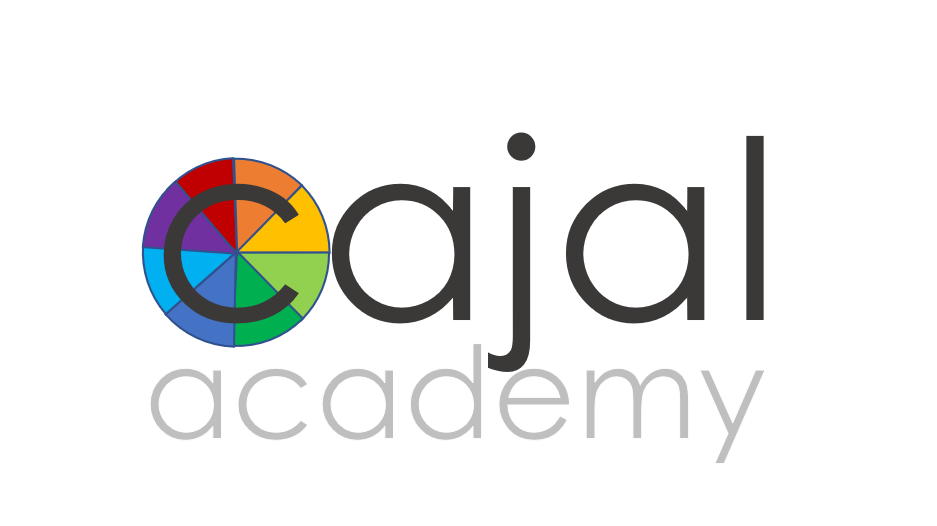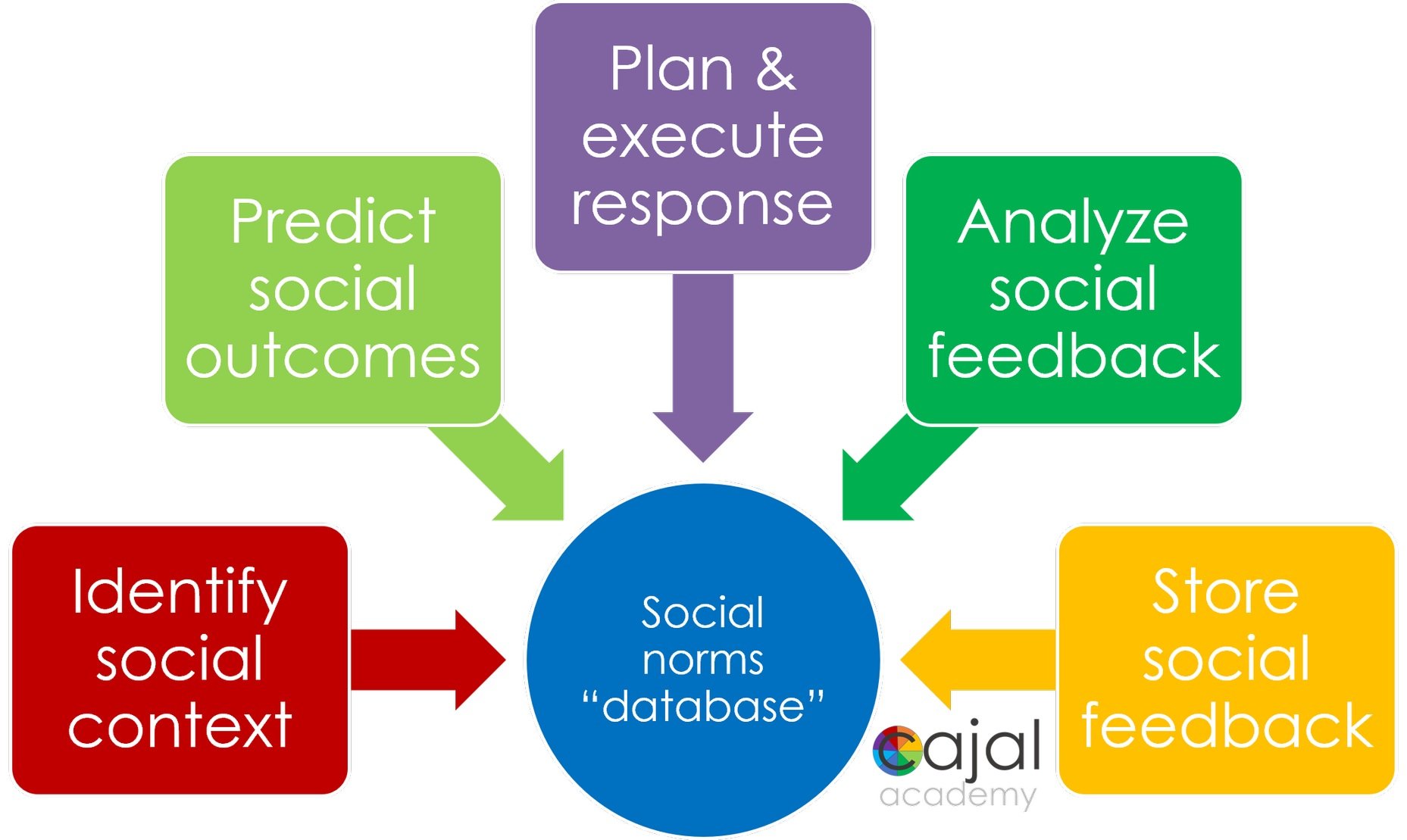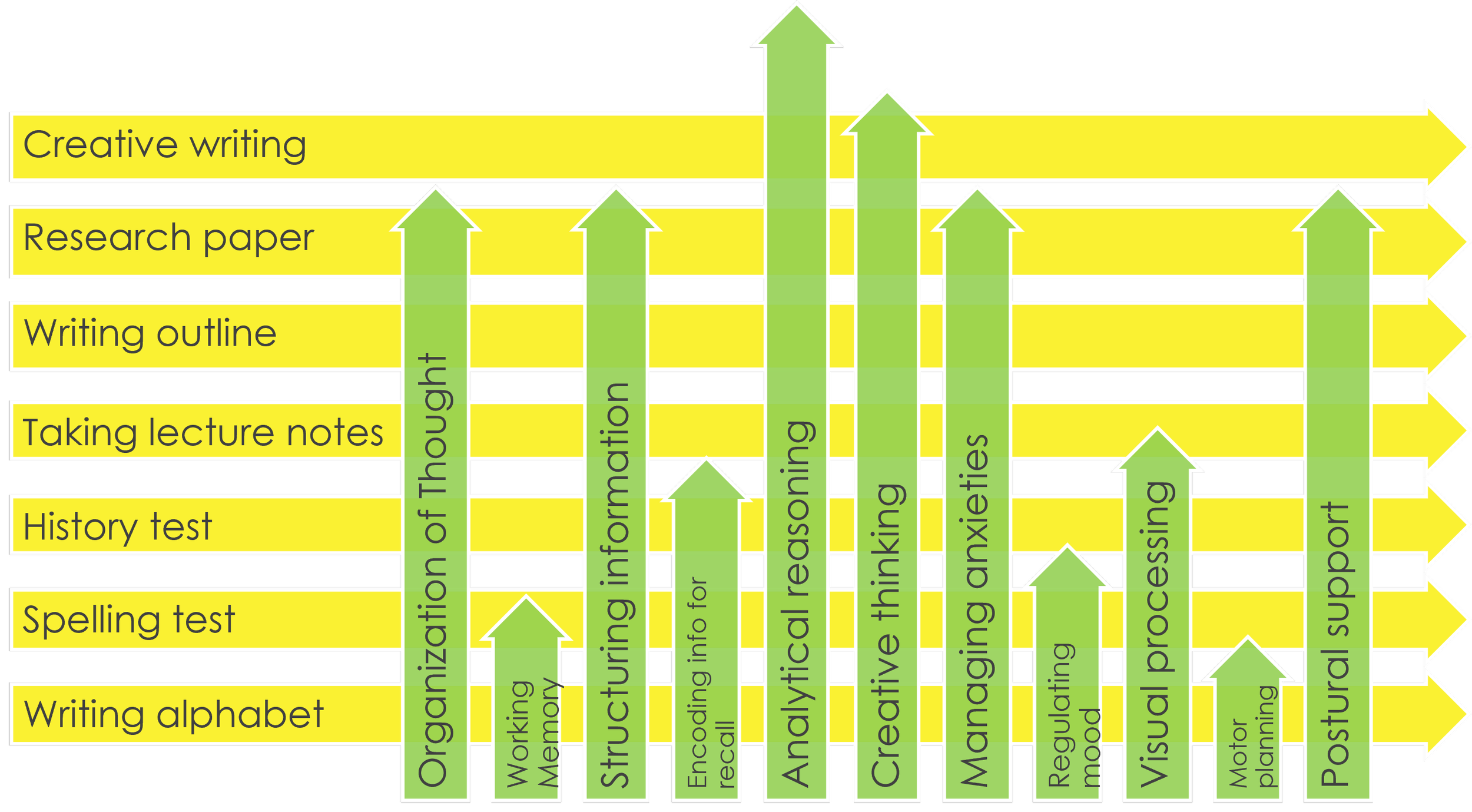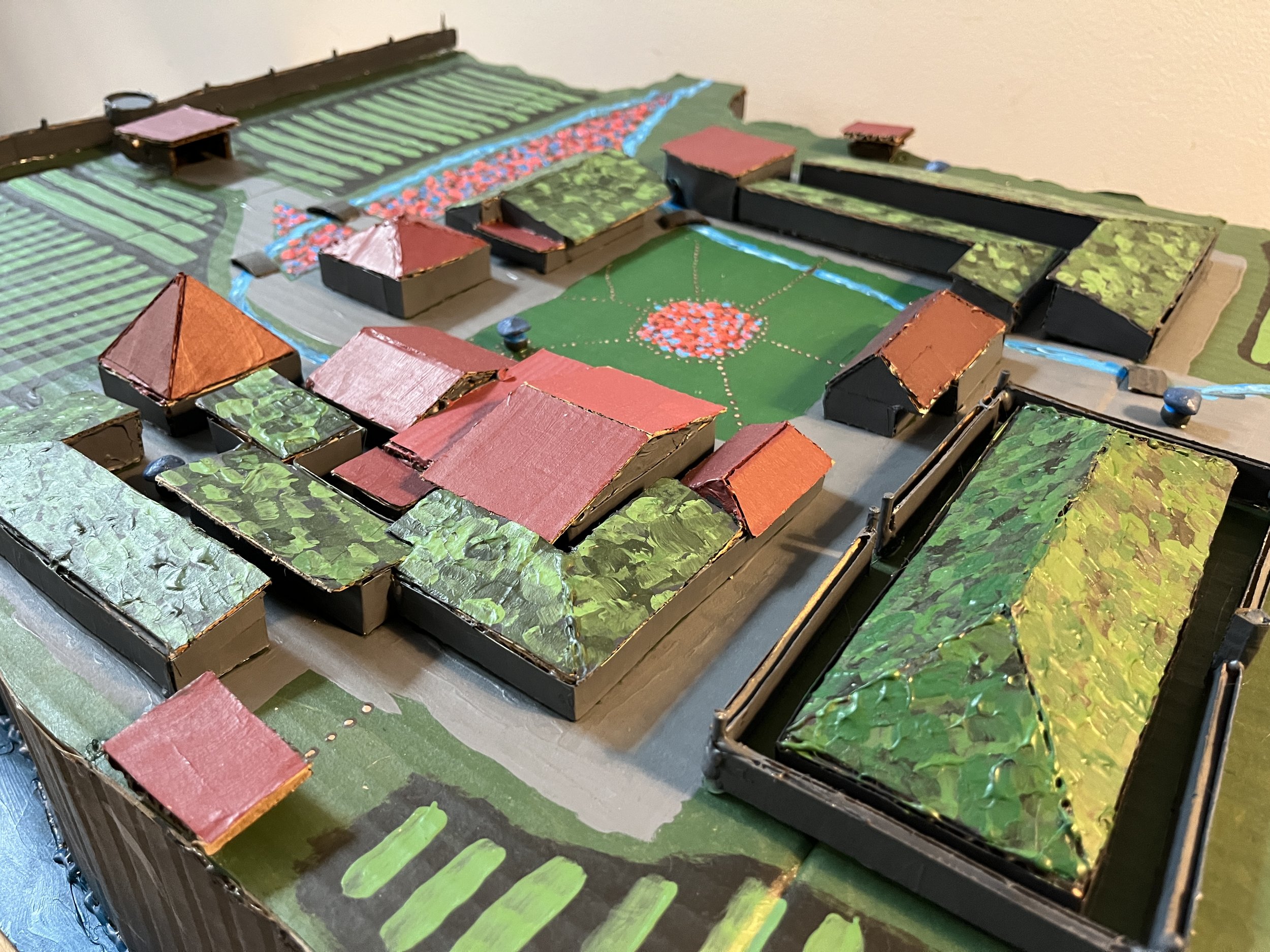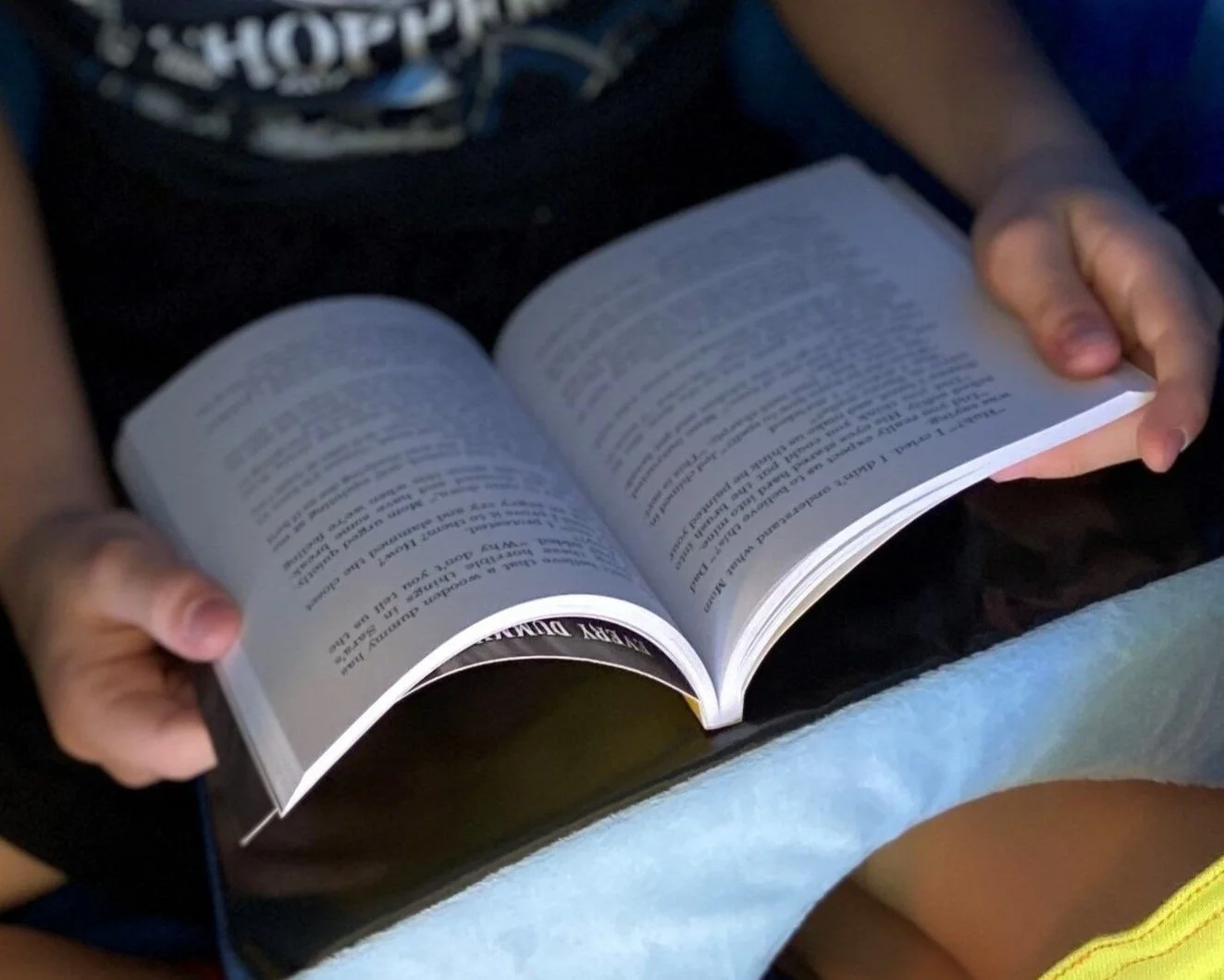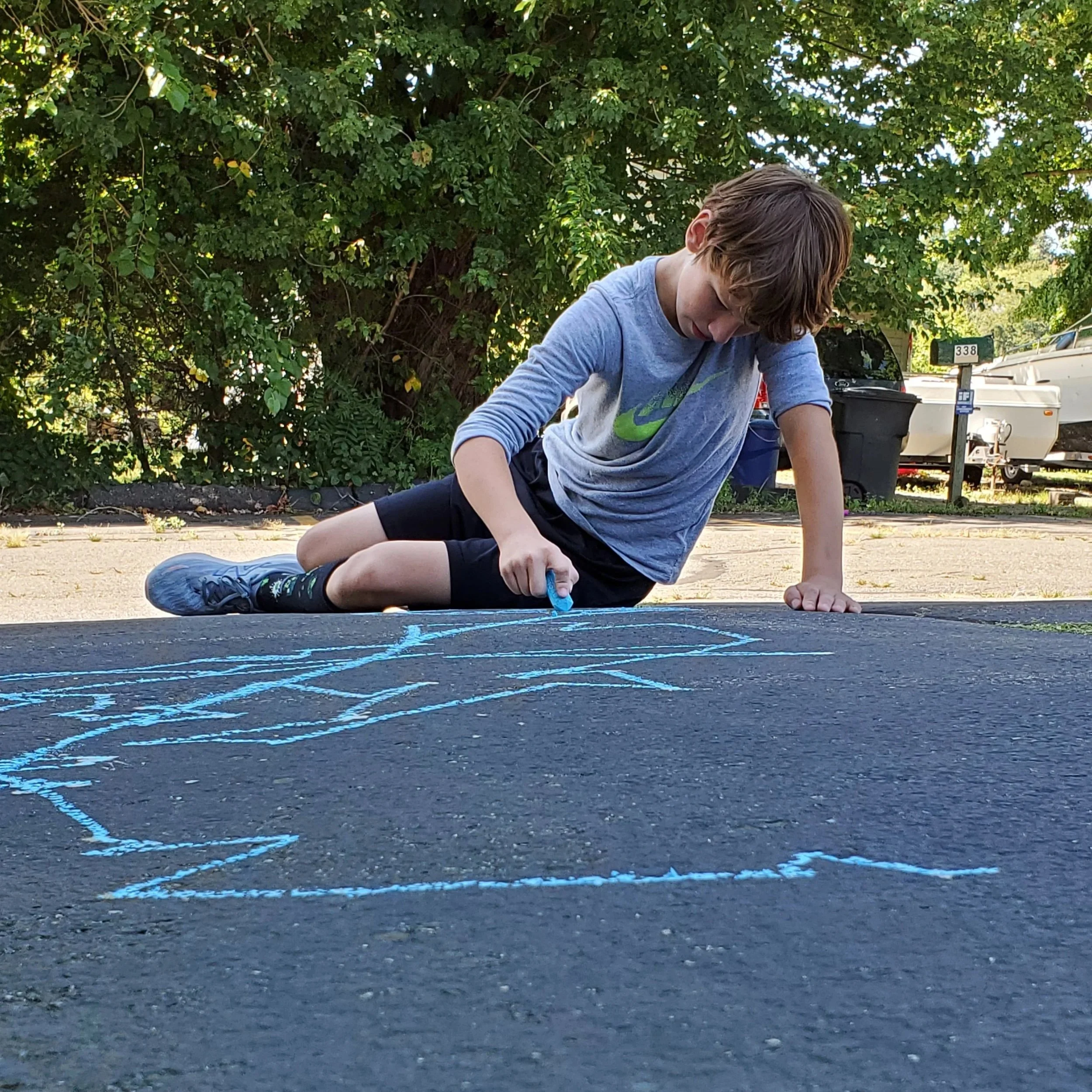A paradigm shift in how we understand student needs, which leads to actionable insights we can translate into student growth
At the heart of our program is a paradigm shift in how we understand children’s learning and social experiences and behaviors: a shift that leads to actionable insights we can use to propel student growth in a way that is not possible under traditional approaches to special needs. This approach provides a neuroscience-based approach appreciates that a child’s neuropsychology and neurophysiology play just as strong a role as their psychology in their learning and social-emotional experiences, and leverages those connections to move children forward.
Four core scientific principles drive this approach:
1) Each task we perform requires that we employ a mix of neurocognitive and neurophysiologic “splinter skills” simultaneously, so a child’s ability to perform a given task will be impacted by their unique array of strengths and weaknesses across the myriad “splinter skills” that go into performing that task. That means that if we can isolate the discrete splinter skills that hold back a given task, we can improve student experiences and performance.
2) A child’s ability to access those skills at any given moment can be altered by any of a number of hidden, neurophysiologic events, ranging from sensory processing overload to immunological reactions, so we can improve their access to their gifts if we teach them how to self-monitor, self-manage and self-advocate for their neurophysiologic regulatory needs.
3) Our ability to perform a given skill can also change over time, as the brain is constantly rewiring itself to increase the capacity to perform those skills we ask it to do the most. That means we can enhance the child’s neural capacity to perform a given skill if we are strategic in how we target it.
4) As a child develops, each new skill they learn builds upon the neural network in the brain that was developed as they learned the task before—so we can rewire how a child performs age-appropriate tasks by improving how they perform the foundational skills on which it relies.
Taken together, these four principles have profound implications for how we think about intelligence, learning, mental health, social interactions, behavior and the purpose and opportunity of a K-12 education as a whole. We reengineered “school” from the bottom up, applying these principles.
What has resulted is transformative results for students having a range of learning, social-emotional and neurophysiologic needs, and a powerful new, Neuroplasticity School model. Here are some of the ways that our Neuro- and Trauma-Informed understandings inform our program:
1. We break down learning and social-emotional tasks into the discrete skills needed to perform them, allowing us to “connect the dots” between a child’s learning and social-emotional struggles and experiences
Leveraging the extreme expertise of our internationally-renowned neuropsychologist, we understand complex tasks like reading or social interactions in terms of the myriad discrete, neurocognitive and neurophysiologic skills that must be employed in concert to perform them. This allows us to get behind diagnostic labels and “decode” a child’s observed strengths, weaknesses and struggles as reflecting the data that measures how well they can perform each of those discrete skills. This leads to actionable insights we can use to help the student understand their own experiences, and grow their abilities.
Assessing Student Needs
We analyze the data in each child’s profile to identify those cross-cutting skills that are required to perform tasks where they struggle, and that represent an area of relative weakness compared to the rest of their profile.
Decoding Social and Behavioral Challenges
Applying our Neuro- and Trauma-Informed Approach to social-emotional and behavioral struggles leads to scientific and data-driven understandings of why the do what they do—and what we can do to help.
2. We go beyond accommodating the challenges posed by their complex profiles to transform the profiles themselves
We transform student profiles through a research-backed methodology for enhancing those neurocognitive and neurophysio skills that are identified as holding back a child’s learning or life-lived experience, through a ‘bottom up,’ neurodevelopmental approach, following our Student Growth Catalyst Methodology. This break-through methodology is proving successful at reducing or even removing a range of learning, social-emotional and executive function difficulties, along with the behavioral challenges that result.
Ground-breaking interventions reducing or even removing learning and in some cases executive function disabilities
We break learning tasks down into the discrete neurocognitive and neurophysio skills needed to perform them, and then rewire areas of relative inefficiency through neuroplasticity. This reduces the child’s educational costs across a K-12 lifetime: savings we pass on to you as their parent or sending school district, through our declining tuition model.
Personalized Social-Emotional Learning Programs
Our social-emotional programs start with an analysis of the data in the child’s profile to identify what areas of neurocognitive, regulatory and/or social skills are contributing to any observed social-emotional difficulties. Then we use an inter-disciplinary approach, integrated into the classroom, to move the needle for those challenges.
2. We teach students how to leverage established science about the connections between the body and the brain into strategies they can use to chart their own future
We teach students established neuroscientific principles of how the human brain, body and learning interact, giving them physio-based strategies they can use to correct or maintain the neurophysiologic regulation that is essential to learning, and understandings of the neuroplasticity process behind our powerful interventions that fosters an authentic growth mindset.
We give students agency through physio strategies they can use to optimize their readiness to learn
We teach all our students personalized strategies they can use to leverage research-backed connections between the body and the brain to regulate and optimize their access to learning and social-emotional skills. For students with self-regulation challenges, this goes beyond improving resilience in the face of dysregulation (as therapies like CBT/DBT do) to improving regulation itself.
We foster an authentic growth mindset by teaching students the neuroscience of learning
We share the science of how our neuroplasticity interventions work, and the neuropsychology of their profiles, with our students, giving them a science-based reason to believe that they can in fact grow: the very foundation of a growth mindset.
3. We understand and respond to student behaviors in real time as reflecting their current mix of “Not Yet Skills” and their state of regulation in the moment, and collaborate with them to interrupt these processes through a neuropsychologically and trauma-informed approach
We use what we call the “Lens of the Not Yet Skills” to understand student social struggles and/or task avoidance as a reflection of the child’s current array of abilities, and to respond to behaviors in real time as an opportunity to improve the student’s understanding of their own profile and how it influences their learning and social experiences. Behaviorally, we respond in the moment through a flowcharting approach that models for students a process they can use to better understand the roles that their psychological motivations, neurophysiological reactions and “Not Yet Skills” play in their social choices, and learn how to interrupt those responses to select choices that better serve their social goals.
Understanding Behaviors
We use the data in each child’s profile to understand behavioral differences through “The Lens of the Not Yet Skills,” and then work to move those skills forward through our exclusive Neuroplasticity Interventions.
4. We maximize academic progress by applying the neuroscience behind body-brain connections in the classroom
Our classroom instruction and implementation of project-based learning reflect neuroscience as well. We train our teachers in how to understand and use the data in each child’s profile to tailor instruction based on neurocognitive skills and weaknesses, avoiding over- or under-accommodation. And, rather than pressuring kids to “sit still”, our Body-Informed Learning pedagogy strategically pairs movement and sensory input with academic concepts, increasing learning retention and engagement through “embodied cognition.”
Body-Informed Learning
We teach our students how they can use movement and sensory inputs to optimize access to learning: a powerful skill for the physically-intensive demands of college and the knowledge economy.
Data-driven Differentiation
We use the data in each child’s neuropsychological profile to tailor how we differentiate instruction to match their current strengths and weaknesses, and then fade those accommodations over time as their skill levels increase.
Empowerment and Inclusion
Our Neuro- and Trauma-Informed Approach came out of our work developing the first program anywhere in the world that empowers students with Ehlers-Danlos Syndrome (a heritable connective tissue disorder) and other complex chronic medical conditions having variable impact on learning and social access to optimize their academic and life-lived experiences.
A break through for social-emotional supports within educational settings
Watch our webinar to learn more about our Neuro- and Trauma-Informed Approach, and how it differs from CBT/DBT, ABA and other social-emotional strategies
Neuropsychologist and Director of Research Steven Mattis, PhD, A.B.P.P., Co-Founder and Head of School Cheryl Viirand and Co-Founder and Director of Therapies Heather Edwards—Cajal Academy’s program architects—discuss the unique, Neuro- and Trauma-Informed Approach they created and pioneer at Cajal. This approach expands on the trauma-informed schools movement to integrate the neuroscience revealing how our neurophysiologic states impact our emotional, social and learning experiences. This powerful methodology offers exciting possibilities for mainstream environments, by unlocking social-emotional growth for students with autonomic regulatory difficulties, including PTSD but also sensory processing disorder, chronic medical conditions, thermoregulatory difficulties and more.
Read examples of how this approach has led to transformative results for our students
The Pioneer Neuroplasticity School
Cajal Academy isn’t just another school, it’s the first in what we hope will be a new model for schools that goes beyond teaching to the way a child learns, to actually increase the ways a child can do so.
How better to prepare our children for a future in which change is the constant than by unlocking the gifts they’ll need to chart a new path for us all?
Learn more about this exciting new educational model.
